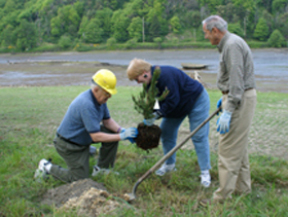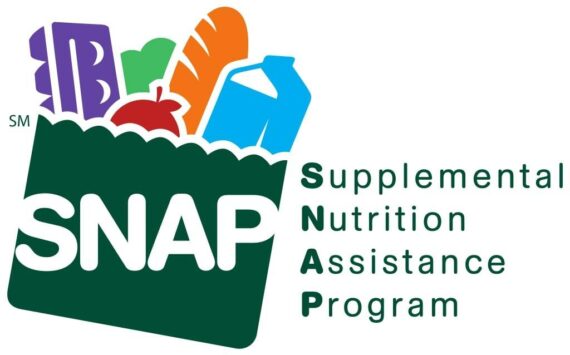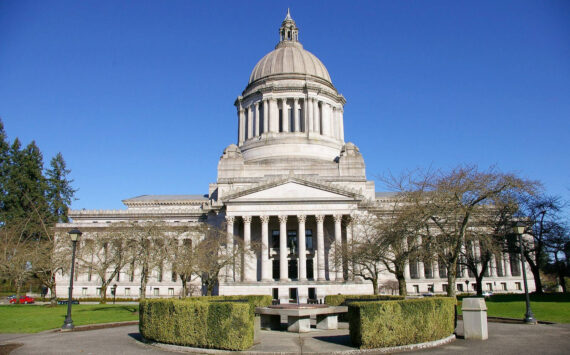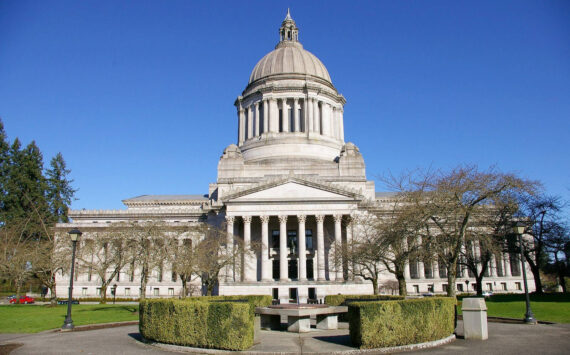Can ports and salmon coexist? Can they both thrive?
“Absolutely,” say officials at the Port of Tacoma.
“We are successfully combining industrial development and environmental preservation to the benefit of all Pierce County citizens,” says Port of Tacoma Commission President R. Ted Bottiger. “I can say with great certainty that every one of the Port’s development projects results in a cleaner and healthier environment for Commencement Bay and upland rivers and streams.”
Since 1980, the Port of Tacoma has invested more than $162 million in a wide range of projects that reflect a strong commitment to being a good environmental steward of the lands and waters in and around Commencement Bay and the Puyallup River watershed. “These efforts include a number of activities, including the construction and monitoring of habitat mitigation and improvement projects, and cleanup of historical contamination,” said Bottiger. “The work of our environmental staff ensures that Port operations not only comply with environmental laws and regulations, but also often exceed them.”
According to Suzanne Dudziak, Acting Director of Environmental Affairs, the Port has embarked upon numerous terminal developments, expansions or renovations since the early 1980s. For many of these projects, the Port has started by cleaning contamination left by industrial activity of past generations before the first yard of concrete is poured. “We do terminal development and build wildlife habitat mitigation, and then we focus on a long-term stewardship program to maintain the newly created habitat.”
A great example, says Bottiger, is the Port’s Clear Creek Habitat Area. Located along the western shore of the Puyallup River about three miles upstream from Commencement Bay Port staff recognized the potential to create a vibrant salmon habitat.
The Port acquired the 11-acre site to mitigate for habitat lost to Port development and waterway cleanups. In 1998, the Port completed the habitat area, which includes a maze of ponds and wetlands where young salmon can feed and mature before leaving the Puyallup River estuary for Commencement Bay. “Today, in addition to a thriving salmon population, Clear Creek supports beaver, muskrat, coyotes and a variety of birds including great blue herons and bald eagles,” said Dudziak.
Another example one of many is the Fairliner Habitat Area. In 1999, when the Port built Washington United Terminals on the Blair Waterway for Hyundai, it constructed this site nearby to mitigate habitat lost to the new terminal. Today, a rocky beach and mudflats encourage the growth of algae, which is eaten by marine invertebrates that are in turn eaten by fish and birds. Upland portions of the site are planted with native plants such as kinnikinnick, salal, Oregon grape, wild strawberry and several indigenous tree species.
In 1983, the Environmental Protection Agency (EPA) designated several areas of Commencement Bay on a national priority list, and the term Superfund became synominous with Tacoma’s waterfront, including contaminated sediments on the Foss, Middle, Milwaukee, Sitcum, Blair and Hylebos Waterways. The Port inherited a portion of responsibility for this historic contamination and, in the 1990s, completed cleanups on Sitcum and Blair Waterways. The Milwaukee was later filled for Maersk Terminal expansion and buffeted with the Port-created Milwaukee Habitat Area.
Today, work on the Port’s final Superfund project the Hylebos Waterway is “95 percent complete,” says Dudziak. Dredging of contaminants from the Hylebos was finished early in 2005. Remaining is a capping project at Pier 25 in the Earley Business Center to isolate contaminants from the now-clean waterway.
According to Dudziak, once the Hylebos cleanup is complete, 10 years of long-term monitoring will follow with the goal of the EPA de-listing the Hylebos from Superfund status. A portion of the Blair Waterway has already been de-listed by the EPA.
The Port’s commitment to the environment runs deep, says Bottiger. “Economic development and maintaining the environment must go hand in hand. In the long run, the Port comes out ahead by taking a leadership position.”





